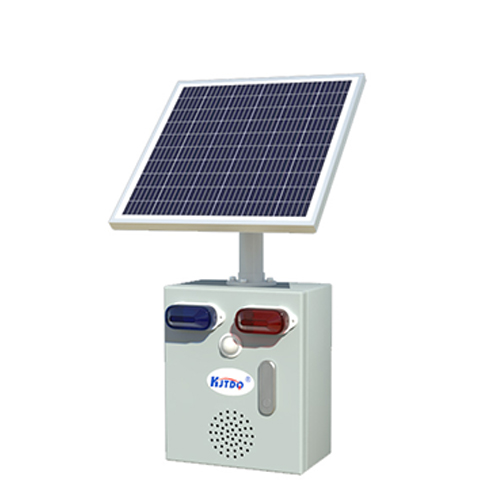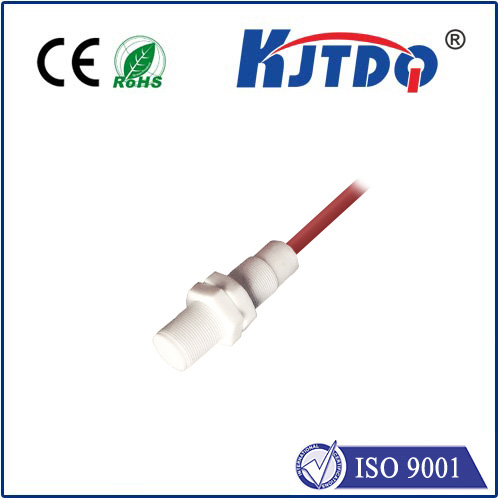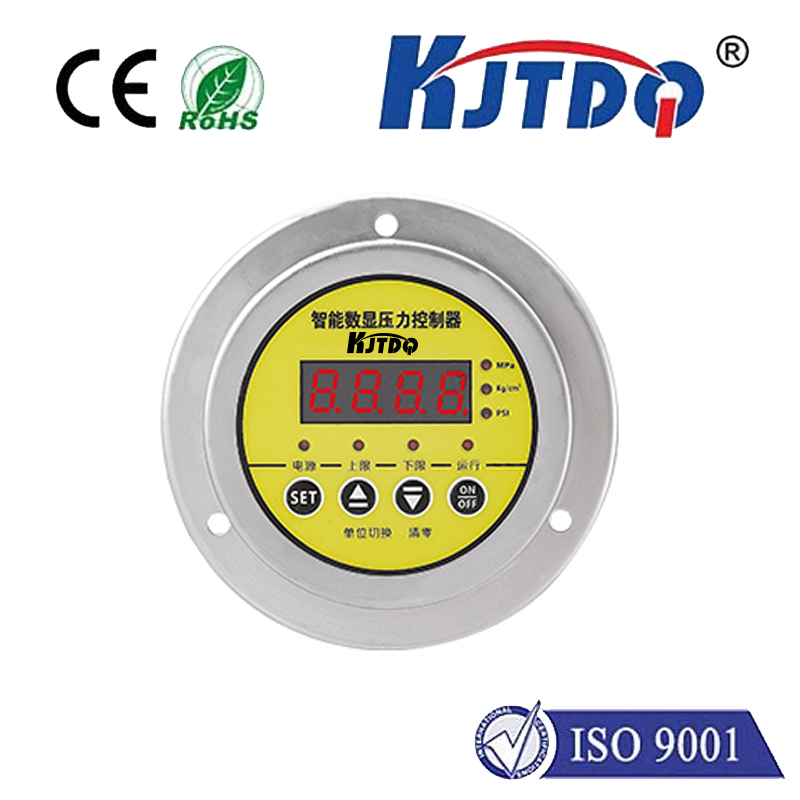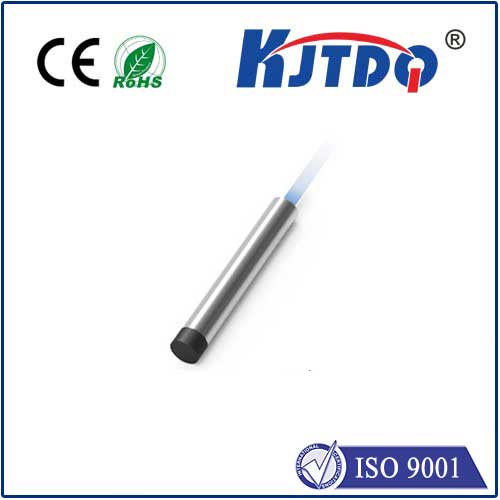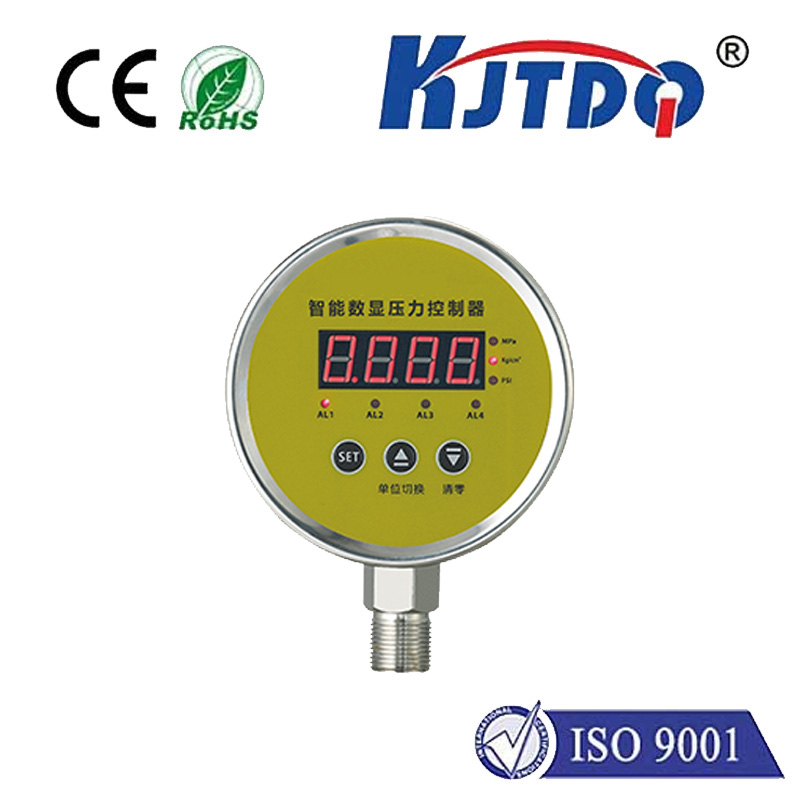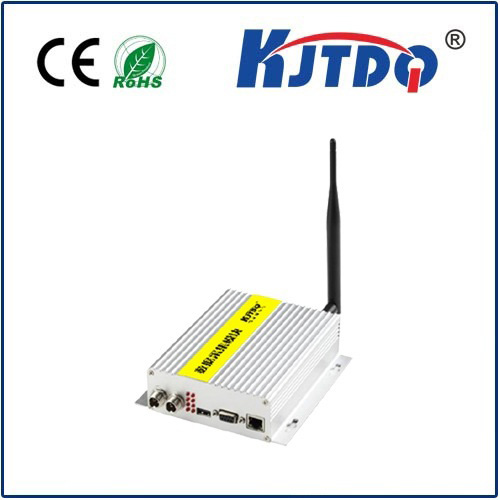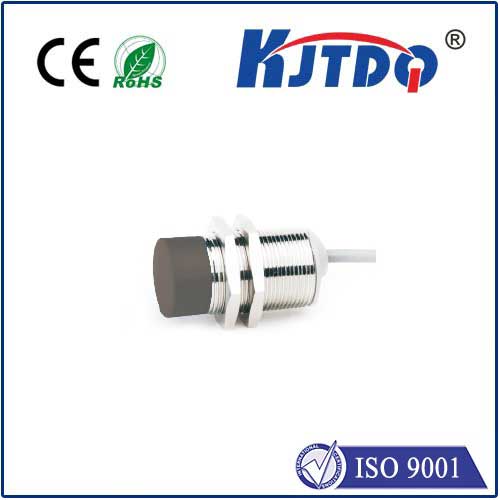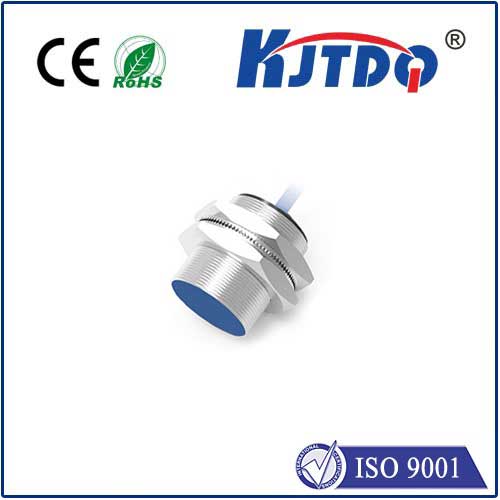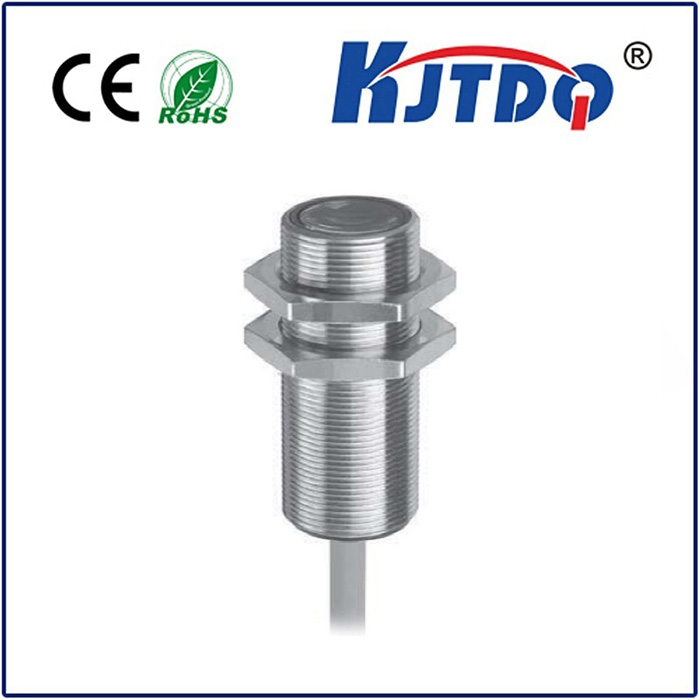VL53L0X and NodeMCU: How to Build Precise Distance Measurement Projects The Internet of Things (IoT) has revolutionized how we interact with technology, and at the heart of this transformation lies the seamless integration of sensors and microcontrollers. Among the most compelling combinations for DIY enthusiasts and engineers is pairing the VL53L0X time-of-flight (ToF) laser sensor with the NodeMCU ESP8266 board. This duo unlocks endless possibilities for projects requiring precise distance measurements, from smart robots to automated home systems. But how do these components work together, and why are they a game-changer for developers? Let’s dive in.
The VL53L0X, developed by STMicroelectronics, is a cutting-edge ToF sensor capable of measuring distances up to 2 meters with millimeter-level accuracy. Unlike traditional infrared sensors, it uses laser pulses to calculate the time taken for light to reflect off an object, eliminating errors caused by ambient light or surface color. On the other hand, the NodeMCU—a development board powered by the ESP8266—combines WiFi connectivity with a microcontroller in a compact, Arduino-friendly package. Its ability to connect to the internet makes it ideal for IoT projects, while its GPIO pins allow direct interfacing with sensors like the VL53L0X. Together, they form a low-cost, high-precision toolkit for projects demanding wireless communication and accurate spatial awareness.
Before diving into code, let’s address the hardware configuration. The VL53L0X operates on 2.8V logic, while the NodeMCU uses 3.3V. Fortunately, the sensor’s I2C interface is compatible with the NodeMCU’s 3.3V pins, eliminating the need for level shifters in most cases. Wiring Guide:

To streamline development, leverage the Adafruit_VL53L0X library, which simplifies communication with the sensor. Here’s how to set it up in the Arduino IDE:
# Включая# Включая
Adafruit_VL53L0X lox = Adafruit_VL53L0X();
void setup() {
Serial.begin(115200);
if (!lox.begin()) {
Serial.println("Sensor not found");
while (1);
}
}
void loop() {
VL53L0X_RangingMeasurementData_t measure;
lox.rangingTest(&measure, false);
if (measure.RangeStatus != 4) {
Serial.print("Distance (mm): ");
Serial.println(measure.RangeMilliMeter);
} else {
Serial.println("Out of range");
}
delay(100);
}
This code initializes the sensor and prints distance measurements to the serial monitor. Upload it to the NodeMCU, and you’re ready to test!
The real power of this pairing emerges when combining the VL53L0X’s accuracy with the NodeMCU’s wireless capabilities. Below are three innovative use cases:
While the VL53L0X is remarkably accurate, environmental factors can affect readings. Follow these best practices:
Compared to ultrasonic sensors (e.g., HC-SR04) or infrared alternatives, the VL53L0X offers superior precision and reliability, especially in complex environments. Paired with the NodeMCU’s WiFi stack, it bridges the gap between physical measurements and cloud-based analytics—a critical requirement for modern IoT ecosystems. Whether you’re prototyping a smart home gadget or industrial automation tool, the VL53L0X + NodeMCU combo delivers a future-proof foundation. With open-source libraries and a vibrant community, even beginners can transform raw data into actionable insights. So, grab your breadboard, fire up the Arduino IDE, and start measuring the world—one millimeter at a time.
